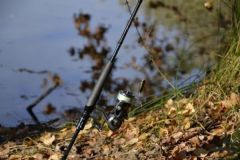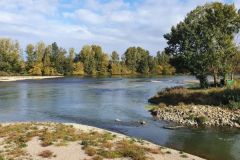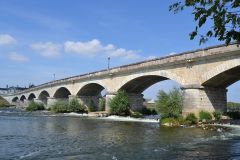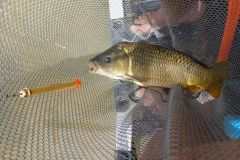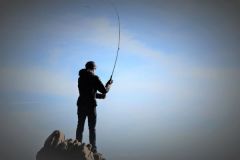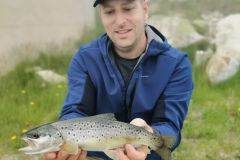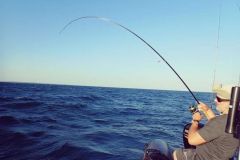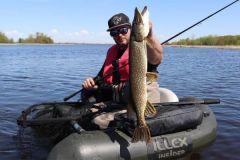In order to identify fish holding areas, it is essential to think in terms of needs and activity status. But it is also essential to be able to analyze the body of water you are prospecting in order to make the necessary correlations. The observation of the relief and the topography is then determining. Observing the banks allows you to imagine the underwater relief of the river or body of water.
In a river, because of the current, bends are special areas that need to be understood in order to know why and when it is crucial to approach and prospect them.
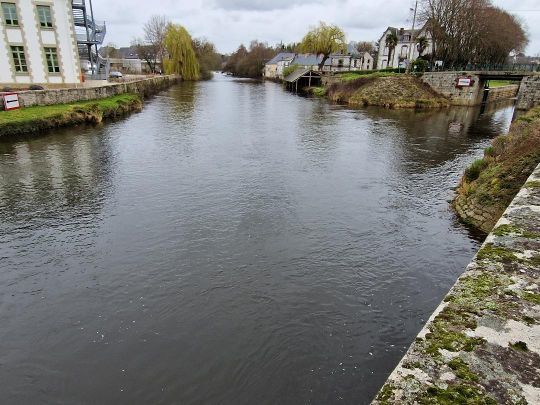
The strength of the current
The force of the current is not linear in a river and varies according to a large number of elements such as depth, obstacles, width, but also turns.
In a bend, the current comes up against the outer bank and the different veins centralize into one. Thus, there is a notable acceleration of the current and consequently a concentration of food. You will be able to note that this vein of nourishing water, is often concentrated there a great number of fish.
On the other hand, the inner part of the bend is sheltered from the current and consequently it is much less strong or even almost null. In periods of high water, this is a particularly strategic spot to exploit.
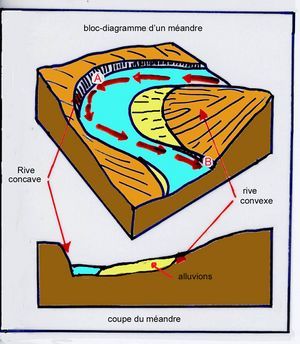
The depth
The force of the current in the curves has an effect on the depth and on the sedimentation of the banks. Indeed, the outside of the curve, subjected to the strongest current, will be subjected to a more important erosion of the banks. Thus, the banks will often be hollow (and will therefore offer a shadow zone) and the depth will be greater, because the sediments will be transported by the current.
On the other hand, the sheltered area, i.e. the inside of the curve, will be shallower, because this is where the alluvium will settle and accumulate.
The slope of the bottom
So typically, the two banks will have a very distinct profile. The inside of the bend will be gently sloped and the outside will be rather steep with hiding areas.
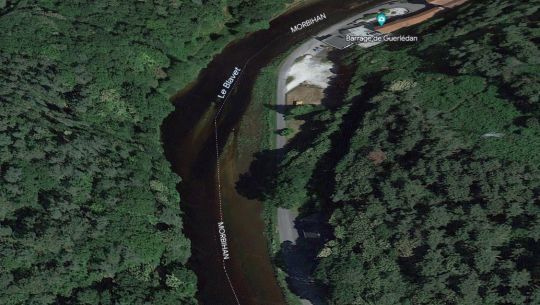
Vegetation
In this logic, the vegetation will develop more inside a bend than outside. The depth is less important, the bottoms more muddy and the luminosity greater.
If the outside of the bend often presents little vegetation, it is however often much more encumbered, because it is at this precise place that come to accumulate the branches with the drift for example. They constitute then excellent hiding places for the big specimens.
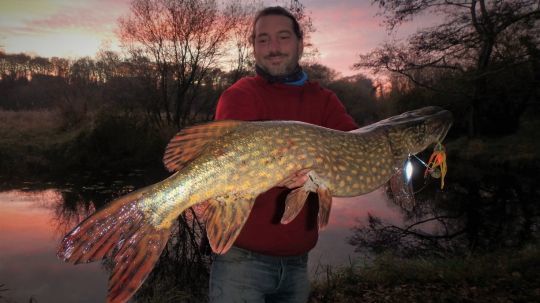
The location of the fish
The inside and outside of the bend in a river are two completely separate areas, so it is important to consider them differently despite their proximity.
Thus, depending on the time of the year, the strength of the current, the water temperature, but also the time of day, fish will navigate from one bank to another. It is then necessary to think in terms of needs and state of activity to determine if at the moment T, you will have in priority to prospect a bank or the other one of the curve.






